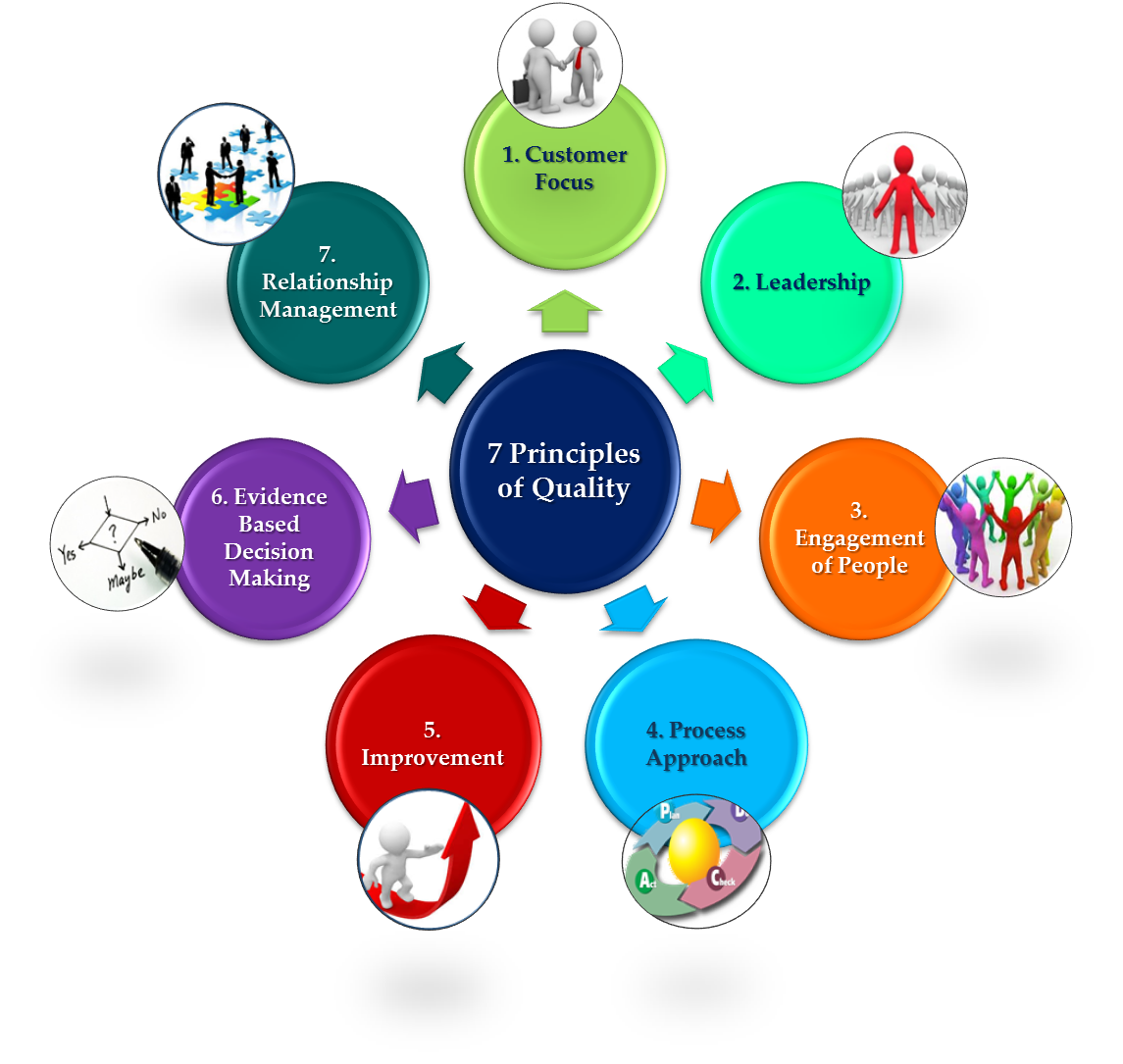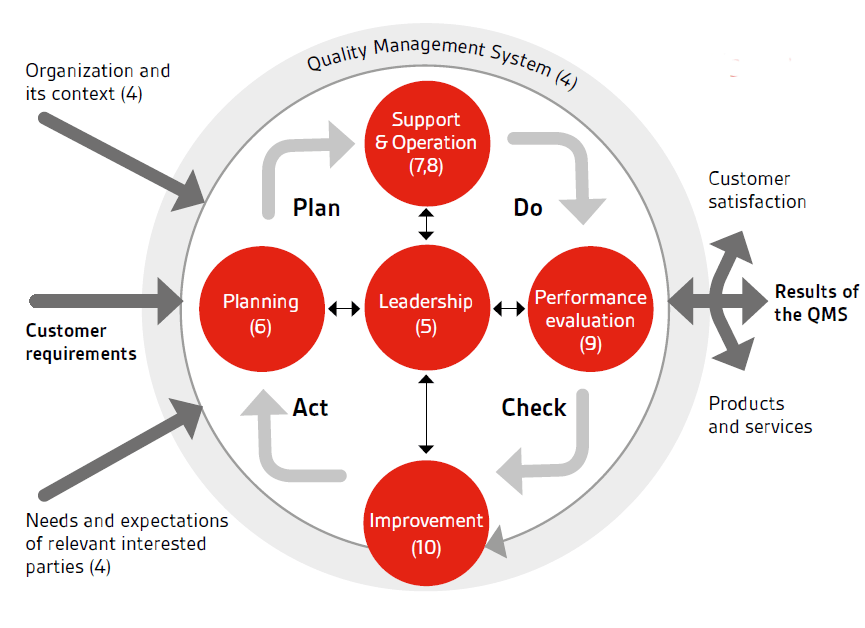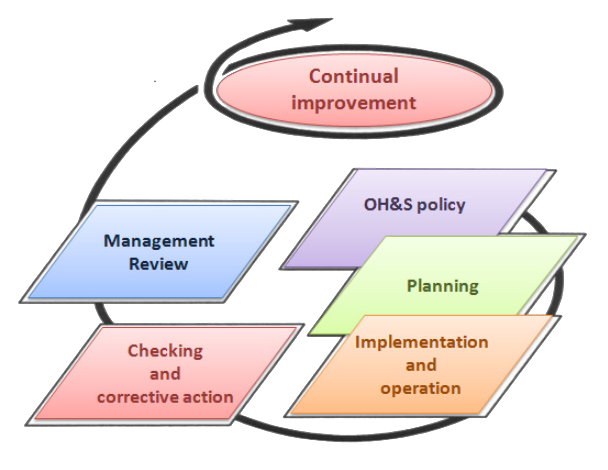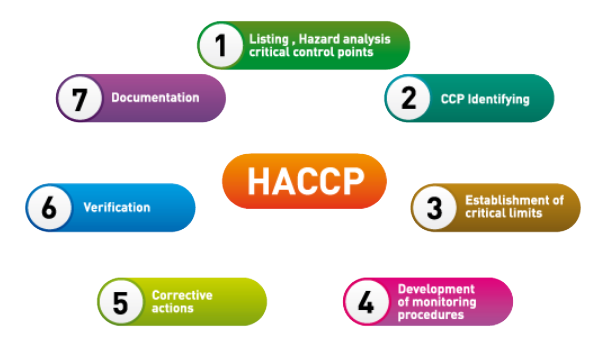Synergy Certification is managed by industry professionals, the top management are committed to provide services to the satisfaction of its clients in accordance with the best national and international norms registration services to the customer in order to recognize the necessity of system management through the value-added audit.
ISO 37001 Anti-bribery management systems (ABMS), specifies a series of measures to help organizations prevent, detect and response to bribery. These include adopting an anti-bribery policy, appointing a person to oversee anti-bribery compliance, training, risk assessments and due diligence on projects and business associates, implementing financial and non-financial controls, and instituting reporting and investigation procedures.
It is designed to help your organization implement an anti-bribery management system, or enhance the controls you currently have. It helps to reduce the risk of bribery occurring and can demonstrate to your stakeholders that you have put in place internationally recognized good-practice anti-bribery controls.
ISO 9001 certifications have been in place for over a decade now and are used by both customers and companies as a method of controlling their quality.
The Standard provides a framework to manage your business and ensure a philosophy of continual improvement in all aspects of your business.
ISO 9001 is an international standard related to quality management system, applicable to any organization from all types of business sectors and activities.
ISO 9001 is based on 7 quality management principles which are fundamental for good business practice. These principles are:

ISO 14001 is an internationally agreed standard that sets out the requirements for an environmental management system. It helps organizations improve their environmental performance through more efficient use of resources and reduction of waste, gaining a competitive advantage and the trust of stakeholders.
An environmental management system helps organizations identify, manage, monitor and control their environmental issues in a holistic manner.
It requires that an organization considers all environmental issues relevant to its operations, such as air pollution, water and sewage issues, waste management, soil contamination, climate change mitigation and adaptation, and resource use and efficiency.
A systematic approach to environmental management can provide top management with information to build success over the long term and create options for contributing to sustainable development by:
The basis for the approach underlying an environmental management system is founded on the concept of Plan-Do-Check-Act (PDCA)(Figure 1). The PDCA model provides an iterative process used by organizations to achieve continual improvement. It can be briefly described as follows.

OH&S 1800 Occupational Health and Safety Management is an international standard which provides a framework to identify, control and reduce the risks associated with health & safety within the workplace. Implementation of the standard will send a clear message to your stakeholders that you view employee’s health & safety as a top priority within your organisation. By planning ahead an organisation can identify health and safety risks and conform to health & safety legislation.
The purpose of the management system is to put the focus on the employees and ensure best practices are being implemented. Effectively implementing the standard results in a safer working environment for your workforce, plus reduces risk and liability exposure on the organisation.
OH&S 45001 uses a management approach tool called the PDCA cycle (Figure 2). PDCA is an on-going process that enables an organisation to establish, implement and maintain its health & safety policy based on top management leadership and commitment to the safety management system. It consists of the following:

Hazard analysis and critical control points or HACCP is a systematic preventive approach to food safety from biological, chemical, and physical hazards in production processes that can cause the finished product to be unsafe, and designs measurements to reduce these risks to a safe level. In this manner, HACCP attempts to avoid hazards rather than attempting to inspect finished products for the effects of those hazards. The HACCP system can be used at all stages of a food chain, from food production and preparation processes including packaging, distribution, etc.

Good manufacturing practices (GMP) certification scheme can assist manufacturers of food products and food related products to provide assurance to their customers that their products are manufactured in a hygienic manner and in accordance to best practices in manufacturing.
Generally, GMP consists of aspect such as design and facilities in the establishment, control of operations by equipment, temperature, time, pH or water activity control, maintenance and sanitation, personal hygiene, personnel training, transportation, conveyors, product information and consumer awareness. In short, it comprises the basic requirements of a manufacturing facility covering establishment, infrastructure, equipment design, construction, maintenance, process controls and personnel hygiene and awareness.
The standard prescribes the requirements of pre-requisite programmes. It is applicable to all food manufacturers, primary and secondary processors, food catering and service operators, food retailers and food related industries.
Food safety is related to the presence of food-borne hazards in food at the point of consumption. As the introduction of food safety hazards can occur at any stage of the food chain, adequate control throughout the food chain is essential. Thus, food safety is ensured through the combined efforts of all the parties participating in the food chain.
Organizations within the food chain range from feed producers and primary producers through food manufacturers, transport and storage operators and subcontractors to retail and food service outlets (together with inter-related organizations such as producers of equipment, packaging material, cleaning agents, additives and ingredients). Service providers are also included.
ISO 22000 sets out the requirements for a food safety management system. It maps out what an organization needs to do to demonstrate its ability to control food safety hazards in order to ensure that food is safe. It can be used by any organization regardless of its size or position in the food chain.
Our directory of certified clients enables you to verify the status of Synergy issued management system certification. Alternatively, it’s available on upon request. Do send your enquiries to admin@synergycert.com